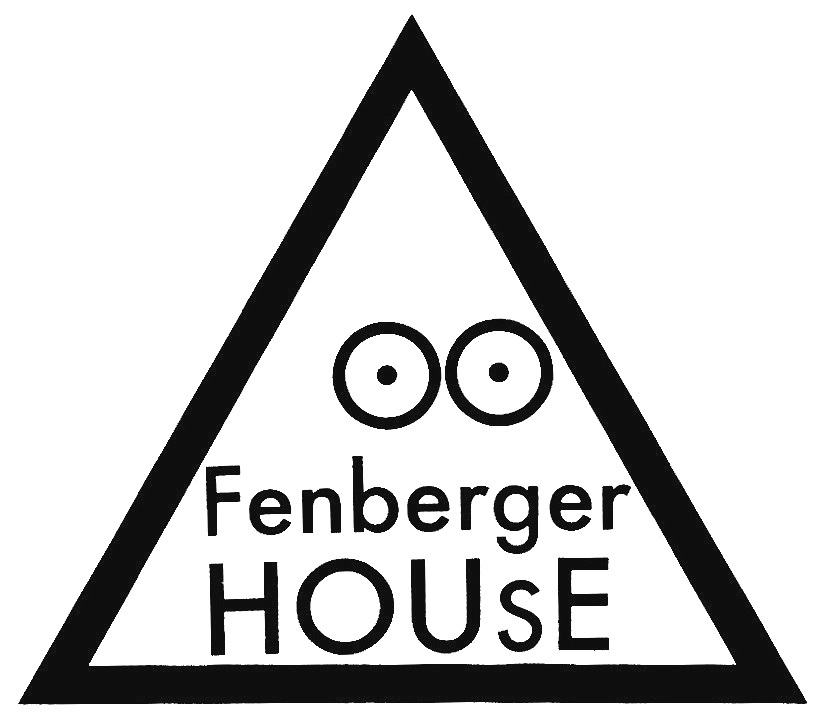Within the context of recent discussions around Arte Utile (Useful Art), Fenberger House offers another perspective. Our endeavor contemplates the age old human fascination with and study of altered states of consciousness, and in particular those states which have traditionally been framed within religious/ mystical or psychological/ artistic models. These states of consciousness per se may not have ‘use-value’ for society, like roads or a water pump do. But they have a use value of another order or scale. For the person who experiences an altered state of consciousness, the experience is often profoundly transformative. The experience may affect how that person lives and acts in the world. So, although we may not speak of social or political utility in a direct way, nevertheless altered states of consciousness can provide a ground out of which an ethics emerges and from which politics can be both imagined and enacted. The question we ask is how these connections evolve? How can we see a profoundly solitary experience of altered consciousness as also always connected to the collective and to the wider cosmos? Are the arts one very potent expression of this coincidence of opposites?
The house adopts a humble attitude to its awesome subject. In a sense it is a place that can only disappoint, for it can only point and gesture towards something that remains at the far horizons of language and human comprehension. What can be shared are its myriad manifestations through art. Like artifacts brought back from distant shores by travelers, we can only ever beckon to a flaming light through its faint, speckled reflections. Fenberger House is concerned with the distillation of eternal time into material forms, via mythic stories and personal experiments. In other words, the paradox that matter arises from the time-less and dissolves back into it, but that it can momentarily ‘hold form’ as profoundly affecting works of art, and that we can use these forms like tools, to glimpse and map the time-less from the place of time (with all of its accessories). The house foregrounds this utilitarian, tool-like aspect of art. Visitors are encouraged by specific spatial arrangements to use these tools: comfortable seating, low hung works, spiraling viewing routes, deep listening, attentional practices, movement-ritual, light-shows and long day visits with food and time. No specific instruction is given to the visitor, the hope being that the space creates the atmosphere for inquisitive viewing experiments.
Fumiko Mcdonald, the third bird, oil on canvas, c. 1980, museum collection
In this, music plays an important role. Records which encourage meditation and a general uplifting of the soul are played during open hours. Many viewing modes may be adopted and tested for efficacy. The house thus also hopefully adopts an open and re-generative pose, where many possible viewing modes can co-exist across different temporal strata. The navigational devices in this endeavor are: 1) the art works, exhibits and programming, 2) the atmosphere and comfort of the space and 3) the arousal of curiosity in the viewer to experiment. This may be usefully compared to the notion of ‘set and setting’ as outlined by Timothy Leary and Richard Alpert in ‘The Psychedelic Experience’.
I think of the house as a large transformational device, always generating different maps to navigate the space of cosmic consciousness via the arts. Perhaps at some point in the not so distant future, with the collective efforts of its supporters and visitors, the house may enter a powerful vibratory mode that propels it into novel dimensions. Far from being simply an archive of objects, Fenberger House imagines itself as a mysterious, living organism caring for the arts nurtured by what Aldous Huxley called ‘Mind at Large’.
Roger McDonald, 2019

